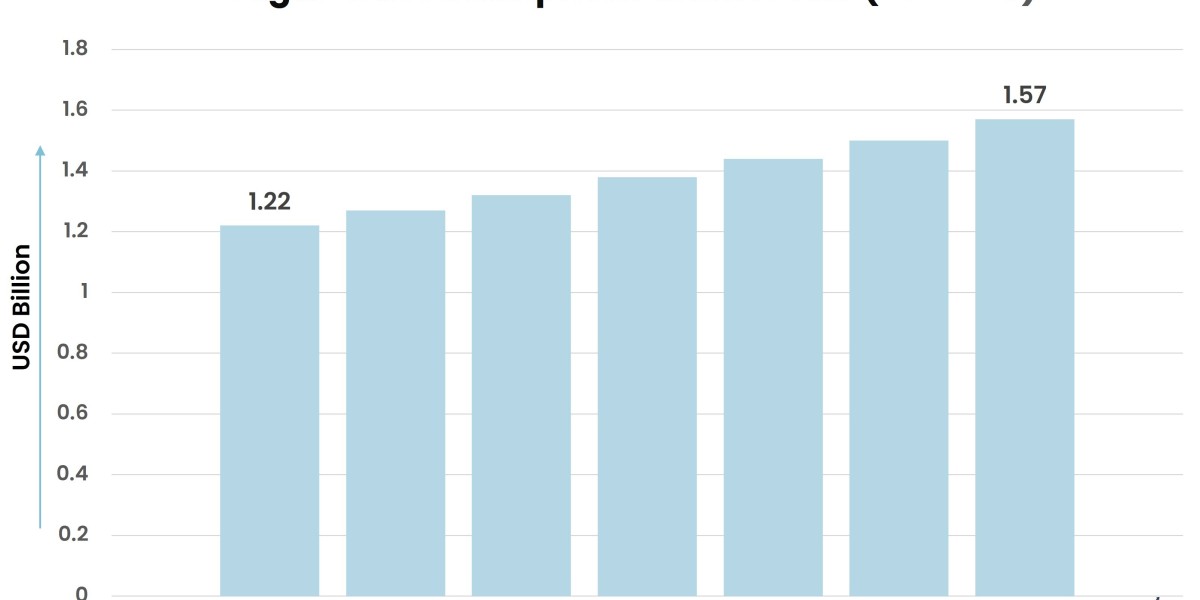According to Stratview Research, the sugar-based excipients market was estimated at USD 1.22 billion in 2022 and is likely to grow at a CAGR of 4.15% during 2023-2028 to reach USD 1.57 billion in 2028.
In the pharmaceutical industry, excipients play a vital role in drug formulation, contributing to the stability, solubility, and bioavailability of active pharmaceutical ingredients (APIs). Among the diverse range of excipients available, sugar-based excipients have gained significant traction due to their versatility, compatibility, and functional properties. In this article, we delve into the world of sugar-based excipients, exploring their applications, market dynamics, and the insights they offer into pharmaceutical formulation.
The Versatility of Sugar-Based Excipients: Sugar-based excipients, derived from natural sources such as sucrose, lactose, mannitol, and sorbitol, offer a multitude of functional properties that make them indispensable in pharmaceutical formulations. These excipients serve various roles, including fillers, binders, disintegrants, lubricants, and coating agents, providing critical functionalities that ensure the efficacy, stability, and patient acceptability of pharmaceutical dosage forms.
One of the key advantages of sugar-based excipients is their excellent compressibility, which makes them ideal for tablet and capsule formulations. Sucrose, for example, is commonly used as a filler and sweetening agent in oral solid dosage forms, while lactose serves as a binder and diluent, providing good flow properties and tablet cohesion. Additionally, sugar-based excipients offer superior taste-masking properties, enabling the formulation of palatable dosage forms that enhance patient compliance, especially in pediatric and geriatric populations.
Market Dynamics and Growth Drivers: The sugar-based excipients market is influenced by various factors, including the increasing prevalence of chronic diseases, the rise in generic drug manufacturing, and the growing demand for patient-friendly dosage forms. With the global burden of chronic conditions such as diabetes, cardiovascular diseases, and cancer on the rise, pharmaceutical companies are under pressure to develop innovative formulations that improve treatment outcomes and patient adherence.
Furthermore, advancements in drug delivery technologies and regulatory initiatives aimed at promoting the use of safe and effective excipients have contributed to the growth of the sugar-based excipients market. As pharmaceutical companies seek to optimize drug performance and enhance patient experience, there is a growing demand for excipients that offer superior functionality, biocompatibility, and safety profiles.
Insights into Pharmaceutical Formulation: Sugar-based excipients offer valuable insights into the formulation of pharmaceutical dosage forms, providing formulators with versatile tools to overcome formulation challenges and optimize drug delivery. By understanding the unique properties and functionalities of sugar-based excipients, formulators can develop innovative dosage forms that meet the diverse needs of patients and healthcare providers.
Moreover, sugar-based excipients enable the development of patient-centric formulations that improve drug efficacy, safety, and tolerability. For example, the use of sugar-based excipients in orally disintegrating tablets (ODTs) and chewable tablets enhances palatability and ease of administration, particularly in pediatric and geriatric populations where swallowing solid dosage forms may be challenging.
Conclusion: In conclusion, sugar-based excipients play a crucial role in sweetening pharmaceutical formulations, offering versatile solutions that enhance drug stability, solubility, and patient acceptability. With their wide-ranging applications and functional properties, sugar-based excipients are poised to remain integral components of pharmaceutical dosage forms for years to come. By leveraging the insights provided by sugar-based excipients, pharmaceutical companies can continue to innovate and develop patient-centric formulations that improve treatment outcomes and enhance the quality of life for patients around the world.







